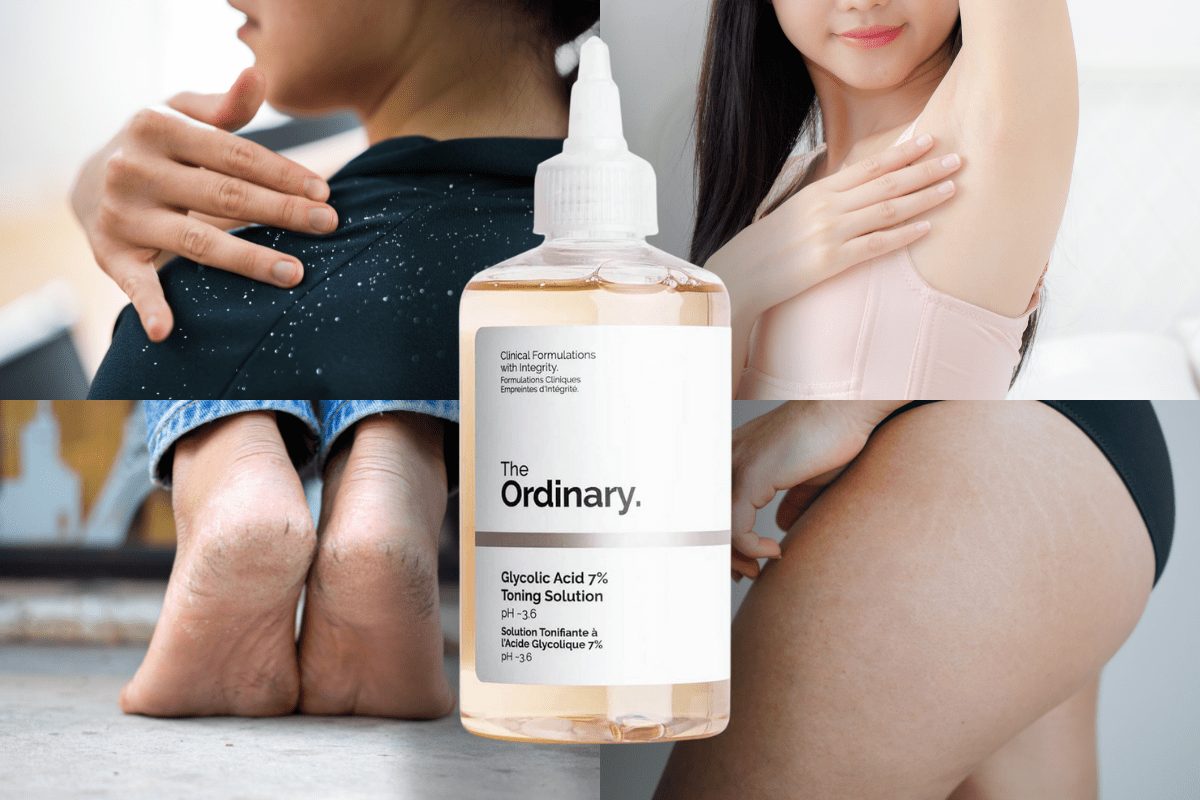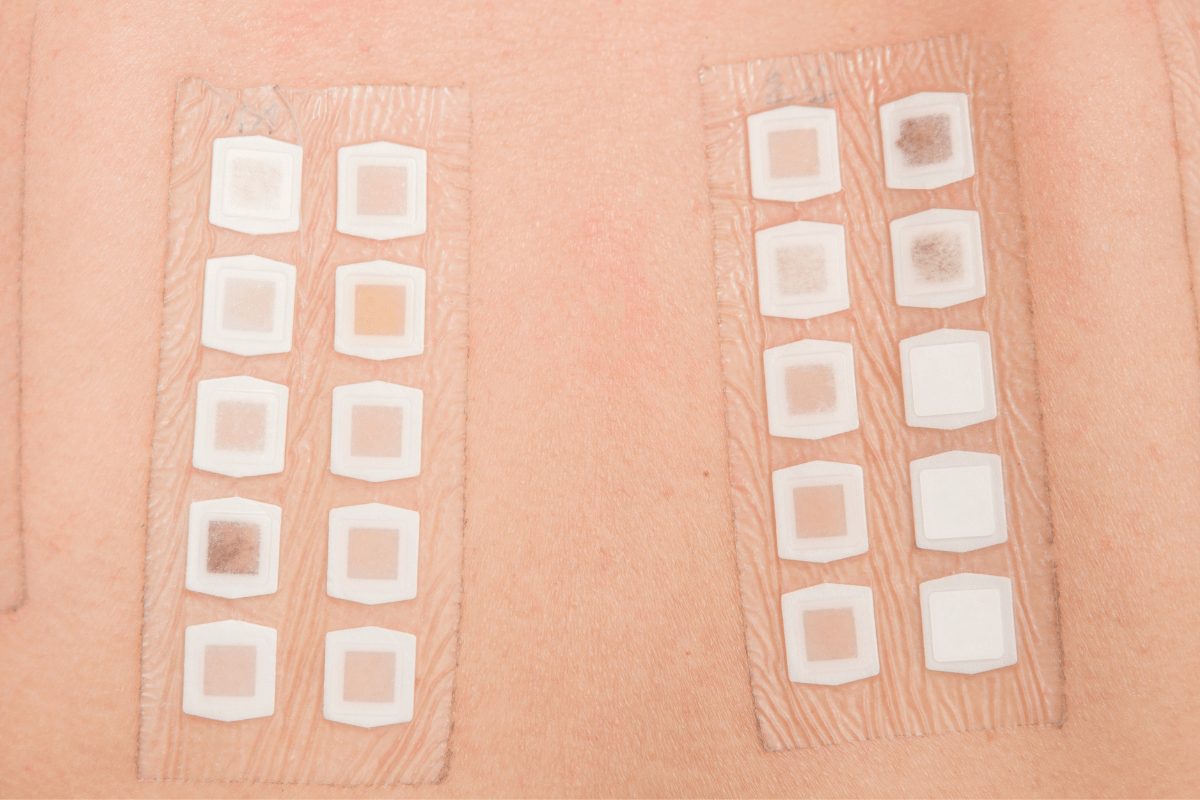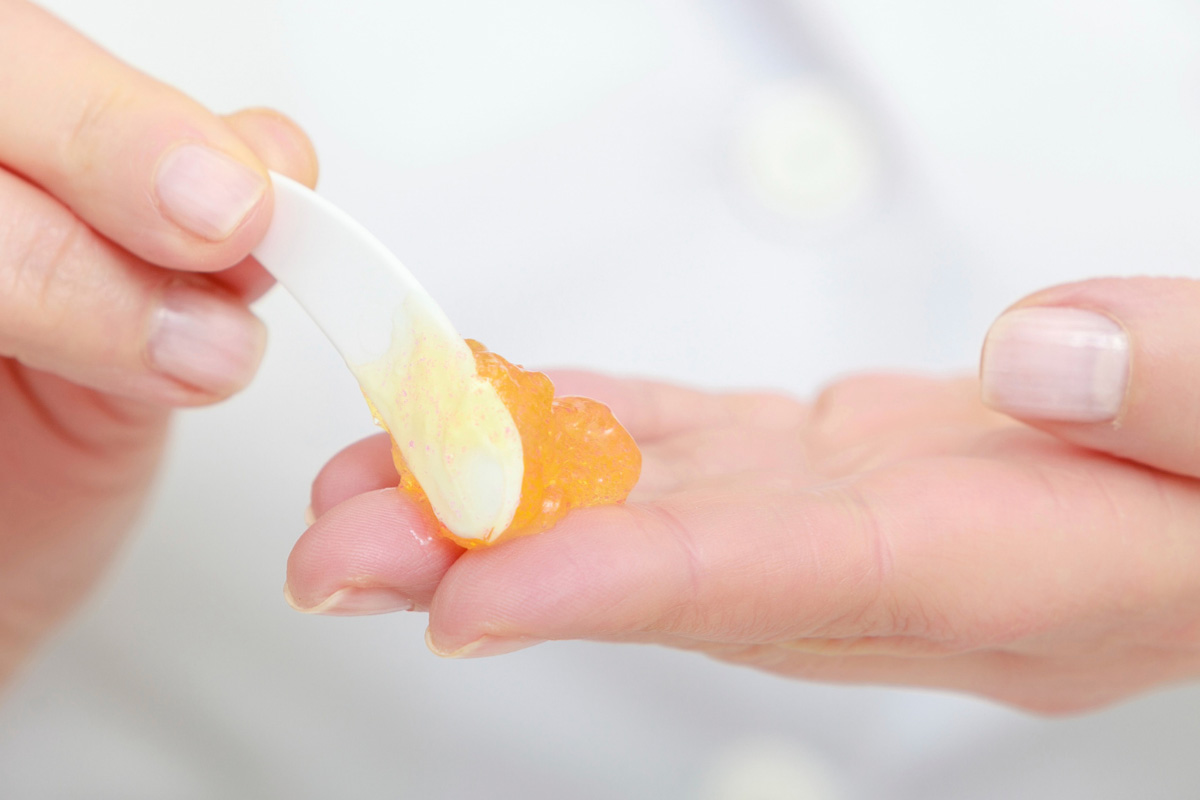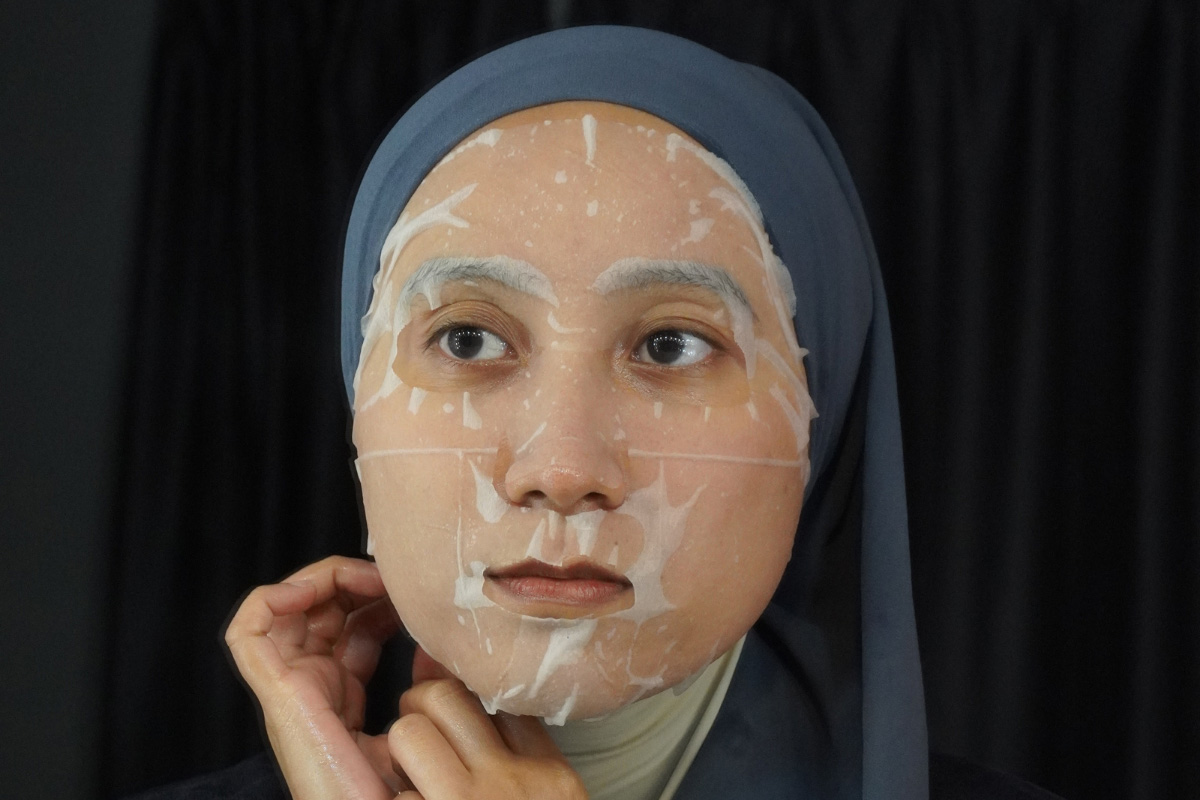No products in the cart.
- January 3, 2022
- How To
- By Aqalili Azizan
Skincare School: How to Use a Facial Cleanser
Six easy steps for using cleanser on the face, the right way.
Table of Contents
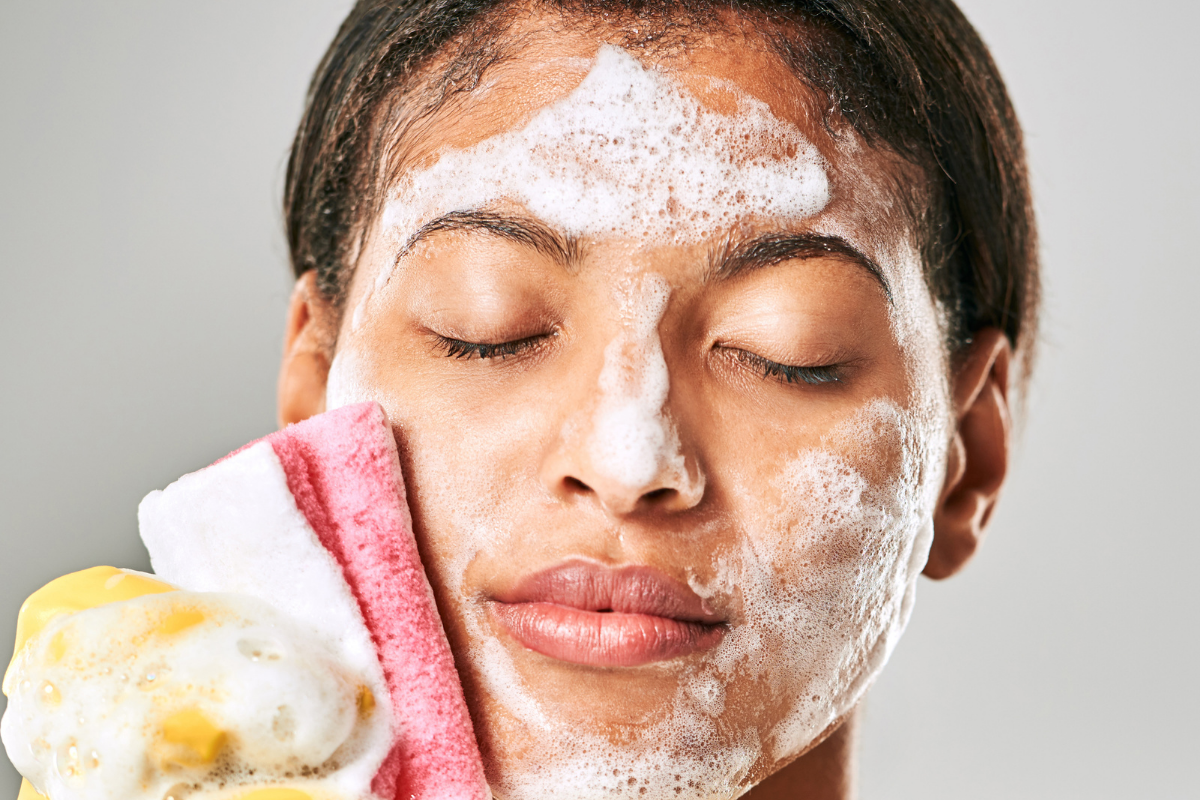
“I wash my face using body shower or bar soap for body. Saves time and water!”
Well, if you did that, let’s hope nothing terrible is happening.
But be aware that traditional bar soaps aren’t a good choice for your face. It will strip your natural oils and disrupt the natural pH level of your skin and damage the skin barrier.
Since your skin is the largest organ of the body and precious, let’s learn how to use cleansers and their function correctly.
What is a Cleanser?
The cleanser is the first step in a skincare routine. It is used to get rid of dirt, impurities and makeup that has built up over the course of the day before we move on to the next step. When you have a clean base, it will help your skin absorb all the goodies from the moisturiser and other skincare products.
Let’s get to know various types of cleansers available for every skin type to help address your skin’s concerns.
11 Type of Cleansers You Should Know
There are tons of types of cleansers, but which one would suit your skin?
- Gel Cleansers
Gel cleansers have a thick, clear, lightweight and jelly consistency and are often designed for deep cleansing, where they can unclog pores, remove excess oil and clean out acne-causing bacteria. Since they are packed with hydrating ingredients, they will leave the skin feeling moist and fresh after rinsing off.
This gel cleanser is an ideal pick for normal skin, oily skin, combination skin and acne-prone skin.
Related: Getting To Know My Skin: Normal Skin 101.
- Foam Cleansers
Foam cleansers are tricky. We love them because of their fun, bubbly lather and the sensation it can give when the bubbles are on your face. They tend to be very effective at cleansing too.
However, to get the bubbly foam and deep cleansing action, many foam cleansers have to use ingredients that can be harsh and strip the skin completely of its natural oils.
To avoid the drawbacks, look out for foam cleansers that are sodium laurel sulfate (SLS)-free and soap-free. That way, they still give a beautiful lather, without overdrying.
The foam cleanser is an ideal pick for oily skin and combination skin.
- Cleansing Oil
If you’ve heard of the double cleansing method, cleansing oil is used to remove makeup on the first step, and you wash it off with a regular cleanser the second time to completely get rid of any residue.
The oils in the products are highly beneficial and nourish the skin, loosening the dirt and makeup. Since they are not so suitable for deep cleansing, they act as pre-cleansers, and you need to wash them off with a regular cleanser for the second time.
This cleansing oil is ideal for dry skin, normal skin, combination, and oily skin.
Related: Getting to Know My Skin: Dry Skin 101.
- Micellar Water
This water-based cleanser is infused with tiny micelles (oil molecules) that attract dirt and grime to the skin’s surface. It’s a multi-purpose product that removes makeup, cleanses, and tones your skin. They’re usually applied with cotton pads and doesn’t need rinsing and leave your face clean and refreshed. But, you might want to use a second cleanser after this one, as part of the double cleansing squad, for a deeper clean.
Micellar water is ideal for dry skin, oily skin, combination skin, normal skin, and sensitive conditions.
- Cleansing Balm
The cleansing balm has the same function as cleansing oil as it is part of the double cleansing squad. But, cleansing balms usually contain botanical extracts that deeply nourish and moisturise. They will leave your skin clean and hydrated at the same time.
The texture of the cleansing balm is more solid with a rich and creamy texture. But, when you lather it on your hand, it will turn into oil.
The cleansing balm is ideal for dry skin, combination skin, and normal skin.
- Cream Cleansers
Rich in textures and packed with moisturising properties, cream cleansers don’t strip away the skin’s natural oils. Hence they will not leave your skin dehydrated. They don’t produce much lather as the other cleansers, and some of the cleansers require to wipe off with a cloth.
The cream cleanser is ideal for dry skin, sensitive skin, and normal skin. It is also perfect during colder months when the skin feels extra dry or tight.
- Powder Cleansers
This type of cleanser is not as popular as gel or foam cleanser, but is a great choice for travelling. It comes in powder form, and when you mix it with water, it turns a bit creamy or foamy, depending on the formulation. The best part is that you can control the consistency by controlling the amount of water you mix.
Since it works like that, it contains fewer additives, leading to fewer irritants, which can also mean fewer benefits. The common ingredient in powder cleansers is enzymes. So, they provide a deep cleanser, get rid of impurities and provide deep cleansing. It’s perfect for congested skin, but it can’t hydrate the skin as a gel cleanser does.
Powder cleansers can be suitable for oily skin and combination skin.
Related: Getting to Know My Skin: Combination Skin 101.
- No-rinse Cleansers
Nowadays, it’s easier to see no-rinse cleansers in the market due to their convenience. It can come in many forms like foams, gel, cream or lotion, but it comes in micellar water forms most of the time.
The key difference from micellar water si that you don’t need to rinse after using this type of cleanser. It can function as a gentle cleanser, removing makeup and freshening up the skin quickly—definitely, a time saver when you’re doing a skincare routine in the morning.
The no-rinse cleanser is an ideal pick for dry skin with sensitive and acne-prone skin conditions.
- Clay Cleansers
If you heard about clay masks, it’s the same for clay cleansers. They’re usually formulated with some clay. It will feel like you are putting on a clay mask when you put it on your face. It’s great to remove dirt and draw out excess oil and impurities from the pores. But, it cannot remove makeup. Note that clay cleansers can be extremely drying, so it is defintiely not suitable for dry skin.
The clay cleanser is ideal for oily skin and combination skin with acne-prone conditions.
- Cleansing Wipes
Cleansing wipes are a quick solution when you need to get rid of your makeup only. They are just doing the bare minimum if you’re talking about getting rid of dirt and excess oil. The pulling and stretching while wiping also doesn’t help with wrinkles. So, it’s okay as a makeup remover, but you need to use facial cleansing after that.
The cleansing wipe is ideal for oily skin, combination, and normal skin.
- Milk Cleansers
Contrary to the name these don’t contain any milk. Instead, it refers to their texture which is slightly thicker than oil but thinner than a cream and is white in colour. Milk cleansers tend to be very gentle, and leaves skin feeling moisturised.
Some types you need to rinse off, and some you can wipe off.
The milk cleanser is an ideal pick for dry skin and normal skin. But, for combination and oily skin, you shouldn’t opt for a no-rinse formulation.
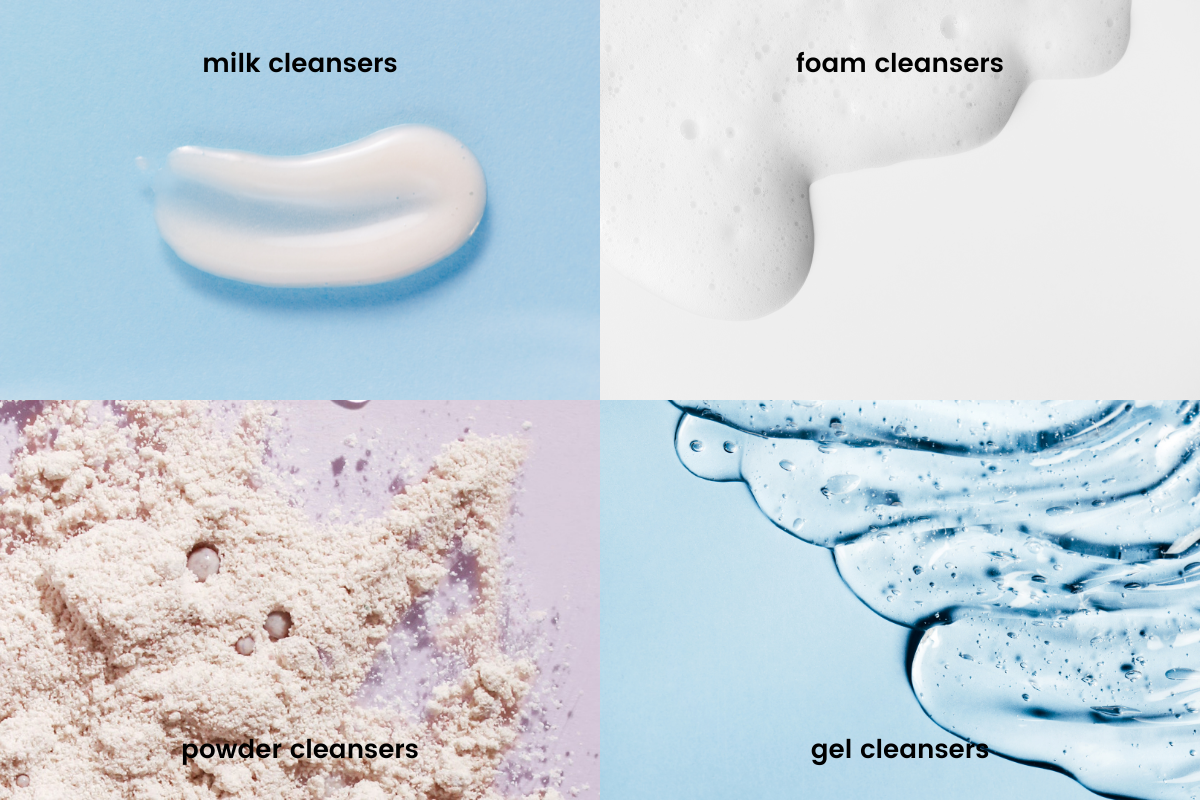
How To Use a Cleanser
You already know different types of cleansers. Now, let’s get to know how to use a cleanser on the face, like a champion.
Step 1: Pull your hair back
Usually, when we do skincare, it can be during showers, after we wash our hair and body. Make sure to keep hair out of your face while cleansing. It makes it easier to clean your whole faces, such as the pores on the hairline, which can be clogged with excess hair product and oil.
Step 2: Dampen your skin with lukewarm water
Before your skin, make sure your hands are clean. Then, apply warm water to your skin. Why warm water? Well, warm water helps loosen the dirt but preserves your skin’s natural hydrating oils. Try to avoid using hot water when cleansing, which can excessively dry out your skin.
Step 3: Apply cleanser to your face
A dime-sized amount is all you need for a gel or a cream cleanser. For foaming cleansers, one pump should get the job done. Apply your chosen face wash onto your hand, lather it between your hands and apply to the face. It’s best to avoid the eye area to avoid it stinging.
Step 4: Massage into your skin
You don’t need to force it so hard when you massage it into your skin. Gently massage your face and neck with your fingers using a circular motion, from down to upwards. Don’t forget your neck. Do this for 60 seconds (golden rule) to allow the ingredients in the cleanser to work.
Step 5: Rinse with lukewarm water.
Again, be gentle. All you need to do is rinse your face with warm water. Avoid using hot water when rinsing your face because it can irritate your skin and dry your out skin if it’s too hot.
Step 6: Continue your skincare routine
Depending on your personal preferences, you can put your favourite toner and moisturiser straight on damp skin or dry skin. I like to put it on wet skin because it allows most products to penetrate through more easily when your skin is wet and absorbent.
Related: Skincare School: How to Use Face Toner.
How Often Should I Cleanse My Face?
The general rule of thumb is that you should wash your face two times a day – once in the morning and once at night.
This is the most effective routine for most people.
Overwashing your face can have adverse effects. Washing too often can harshly strip away too much of your skin’s natural oil. This can lead to two outcomes. Either your skin gets too dry and sensitive, or your skin compensates by producing even more oil!
Note that there are exceptions to this twice a day frequency. If you exercise every day and sweat a lot, it would be best to clean your face after your workout to wash away sweat buildup.
No matter how often you wash, just remember the golden rule to always use a gentle cleanser that doesn’t strip the skin of all its natural moisture.



